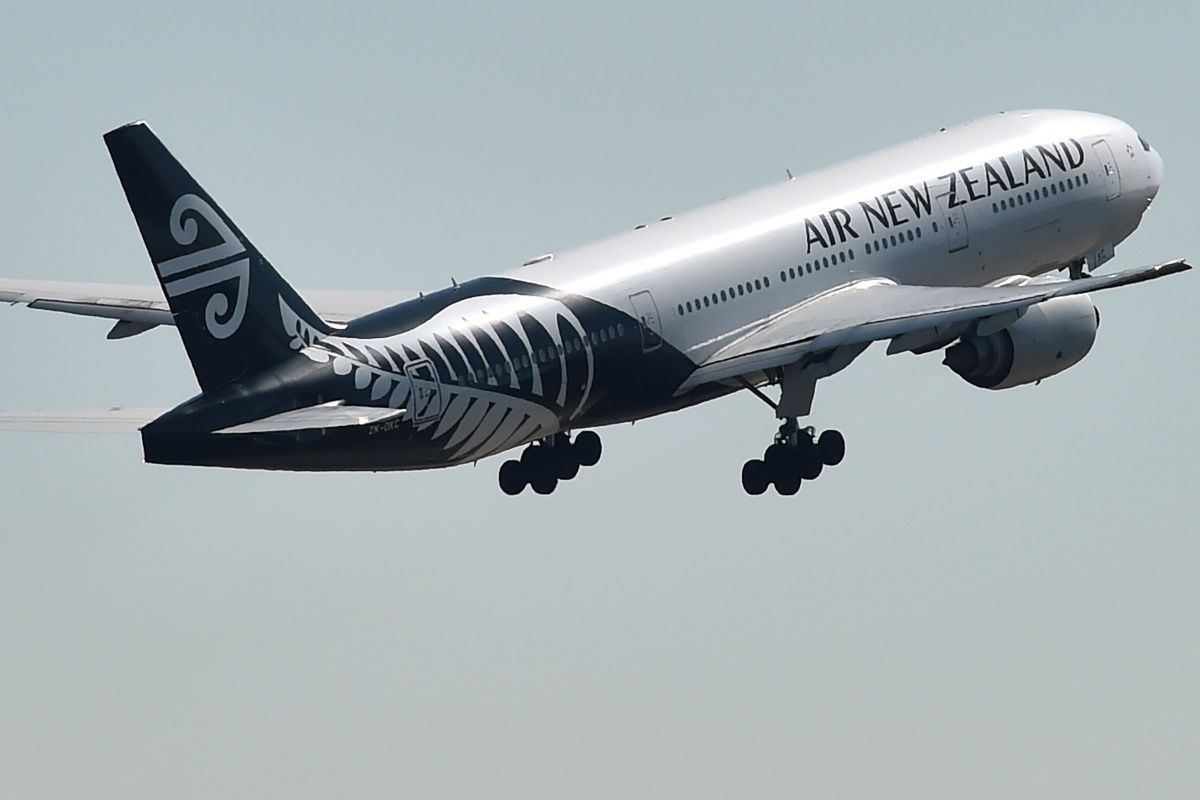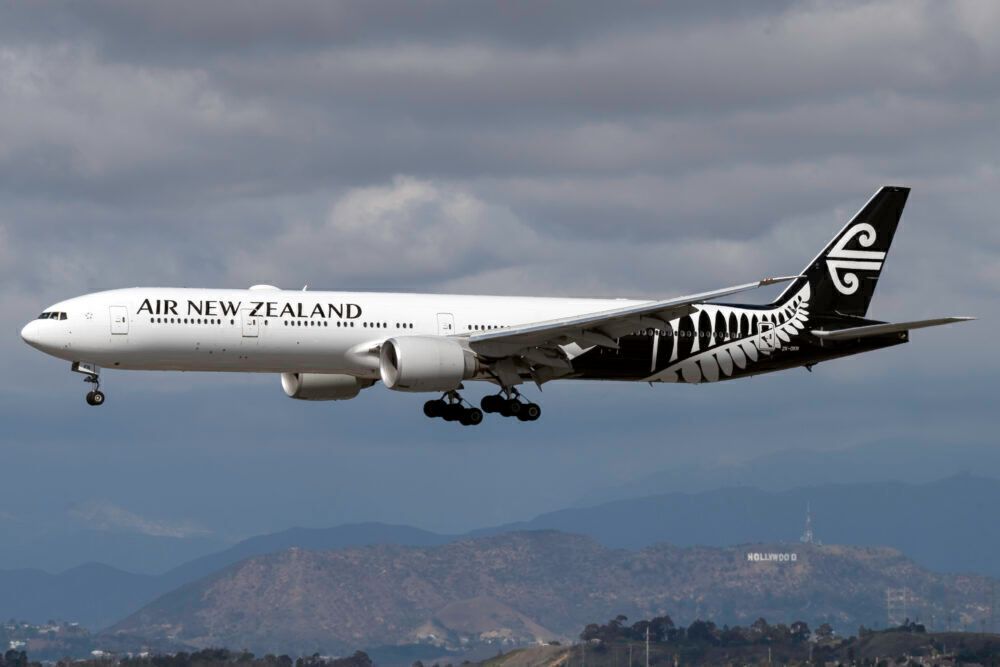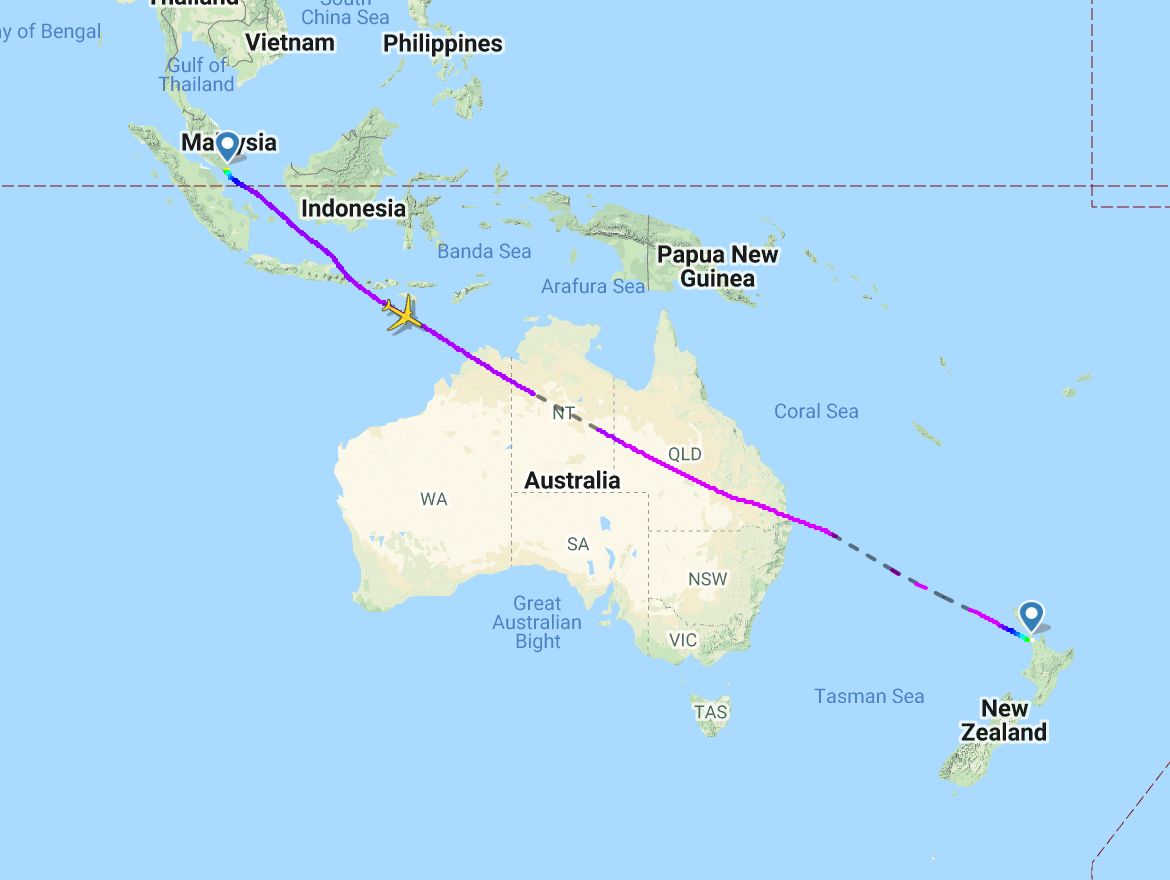On April 20, New Zealand and Singapore signed a Sustainable Aviation Arrangement. This marks the start of greater collaboration between the nations as they move towards low-carbon economies. The agreement was signed in Singapore and witnessed by New Zealand Prime Minister Jacinta Ardern and Singapore's Minister of Transport S Iswaran. It is the first bilateral cooperation in sustainable aviation between New Zealand and Singapore.
In a statement issued by the New Zealand Government, Prime Minister Ahern said:
"This arrangement is part of the newly added 'green pillar' of the Singapore-New Zealand Enhanced Partnership that was signed in 2019. It clearly indicates our commitment towards jointly tackling climate change."
Who's involved, and what are they doing?
Supporting the agreement are Air New Zealand, Auckland Airport, Christchurch Airport and the Board of Airline Representatives New Zealand (BARNZ), who have all committed to taking action.
In a statement sent to Simple Flying, BARNZ executive director Justin Tighe-Umbers said that today's announcement is a great step forward for the New Zealand aviation sector.
"We will be working jointly with Singapore on the policy, investment and the research needed to deploy sustainable aviation fuels, including SAF and hydrogen, as well as next-generation 'novel propulsion' aircraft."
New Zealand and Singapore will collaborate and share information on initiatives to advance sustainability in four key areas. These are policy and regulation, industry development, future infrastructure planning and provision, and workforce transformation.
There will be collaboration on the R&D, testing, and trialing of sustainable aviation fuels, including hydrogen and SAF. The two countries will also exchange information on policy and regulations that support SAF uptake and the electrification of airline fleets.
Will the green lanes attract passengers' interest?
Most likely, with the involvement of Singapore Airlines and Air New Zealand, a study will be done on the commercial viabilities of developing "green lanes" on the New Zealand-Singapore route to encourage consumer acceptance of SAF-run flights.
In the BARNZ statement, Air New Zealand CEO Greg Foran said the airline is working with industry partners in Singapore, including Neste, on sustainable aviation fuel ambitions. It is also working with Airbus and other partners on green-hydrogen and electric aircraft.
"As a small island nation, air travel is critical in keeping our people and economy connected. But it's vital that we find a more sustainable way to do this."
Apart from direct traffic between Singapore and New Zealand, much of this route mirrors the busy corridor between Australia and Southeast Asia. If SAF flights to NZ prove successful, then many legacy carriers such as Qantas, British Airways, Cathay Pacific, Singapore Airlines, and Japan Air Lines will quickly line up to get involved.
Finnish company and SAF leader Neste has a refinery in Singapore and says it is planning to produce its first batch of SAF there by March next year. It intends to bring on extra capacity to manufacture up to 1.3 million tons per annum by 2023.
In New Zealand's South Island, Christchurch International Airport seems to be at the head of the sustainability march.
In late 2020, Christchurch Airport was the world's first airport to achieve Airport Carbon Accreditation Level 4. It now mentors airports, including New York JFK, Newark Liberty and LaGuardia, Bristol, Perth and Brisbane airports and the Irish Airports Group on how to reduce emissions.
While the large countries find it hard to talk to each other, Singapore and New Zealand are getting on with the job of greening aviation. Sounds pretty good to me.
Discover more aviation news here.



